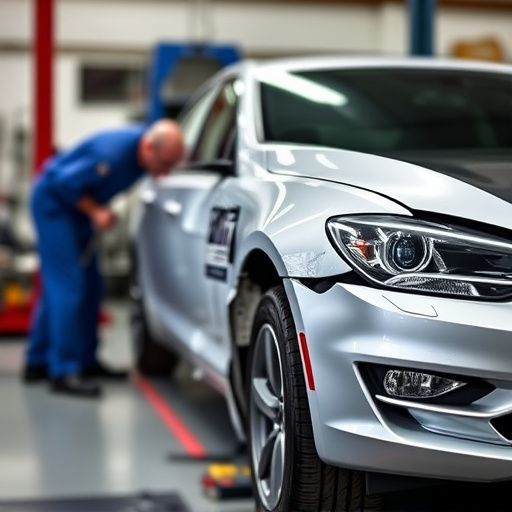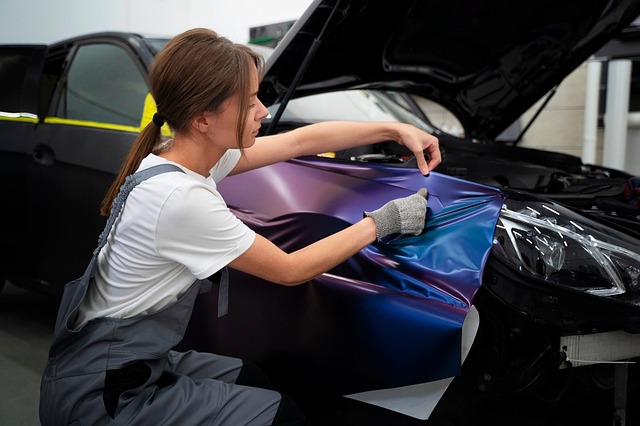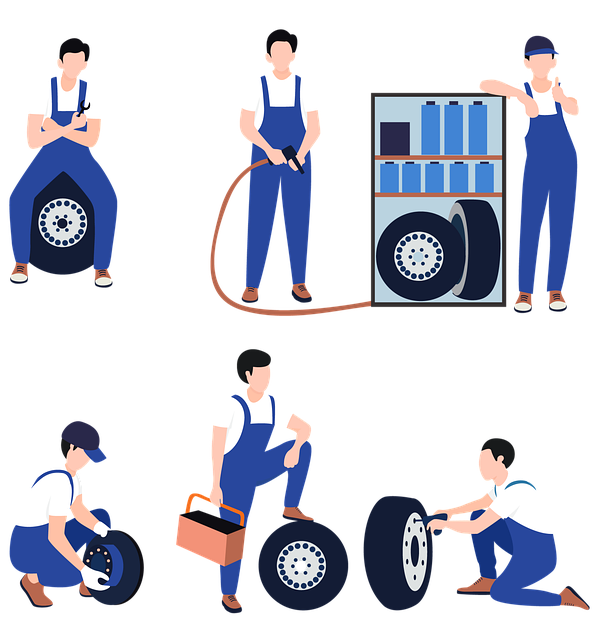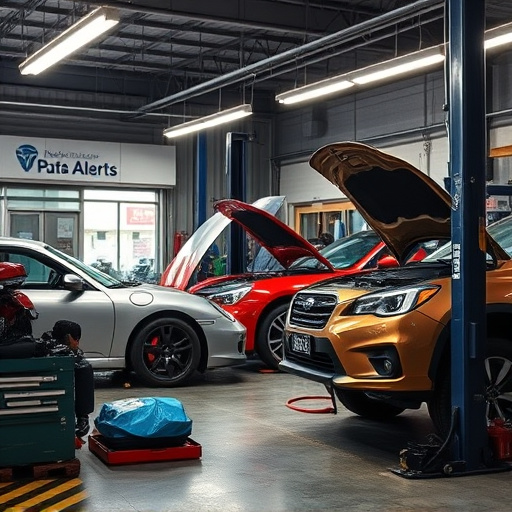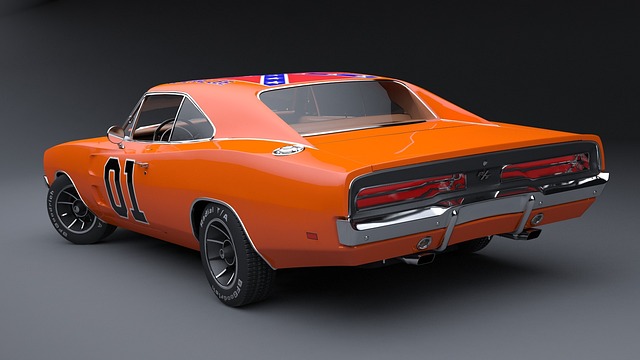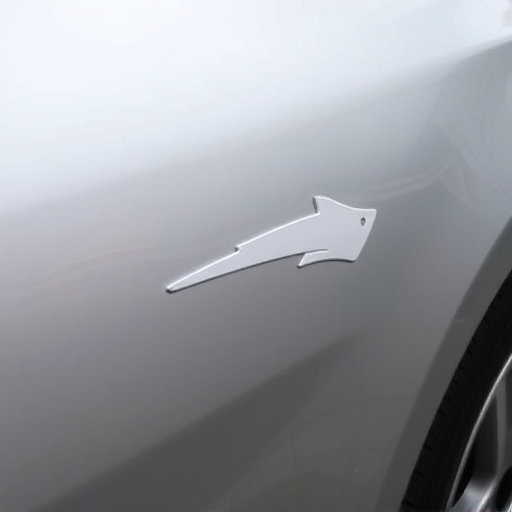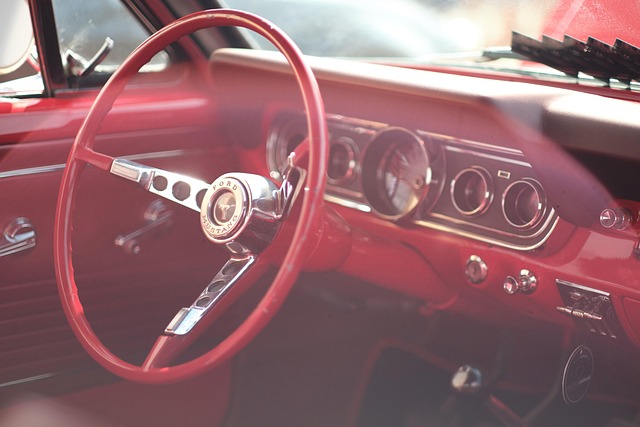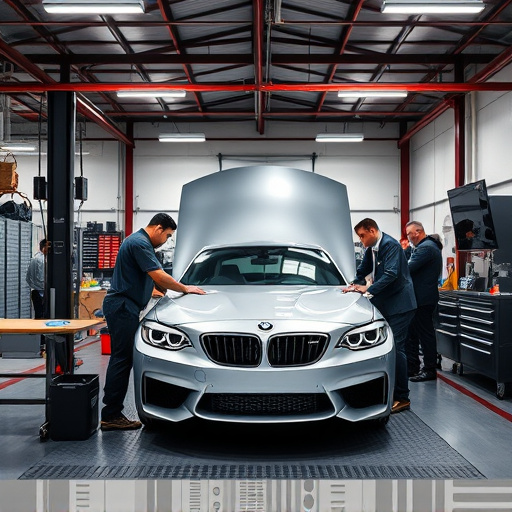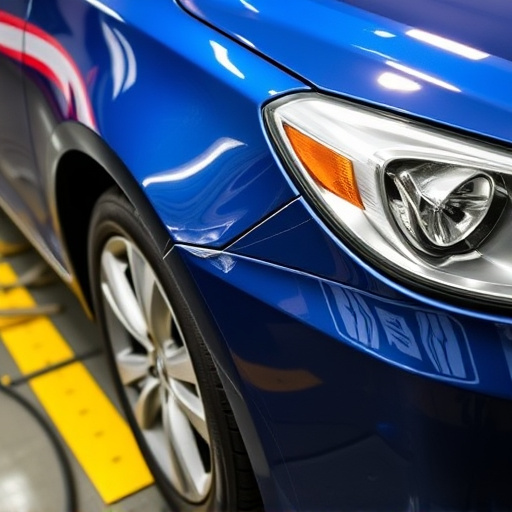Body panel insulation is a critical component in modern vehicles, enhancing comfort and safety by managing noise, vibration, and heat. Fleet maintenance teams must choose suitable materials considering vehicle diversity and OEM finishes for optimal performance and aesthetic preservation. In automotive manufacturing, compatibility between insulation and finishes is key to maintaining structural integrity and original appeal. Eco-friendly options, like recycled or biodegradable materials, offer sustainability without compromising quality or passenger comfort in luxury vehicles.
In today’s automotive industry, body panel insulation is vital for enhancing vehicle performance and passenger comfort. This article explores the diverse materials used for body panel insulation, focusing on their compatibility with Original Equipment Manufacturer (OEM) finishes. We’ll delve into the challenges ensuring seamless integration without compromising aesthetics. Additionally, we’ll highlight sustainable options, emphasizing the importance of eco-friendly choices in the ever-evolving automotive landscape, all while providing effective insulation solutions.
- Understanding Body Panel Insulation Materials
- Compatibility With OEM Finishes: Challenges and Solutions
- Choosing Sustainable and Effective Insulation Options
Understanding Body Panel Insulation Materials
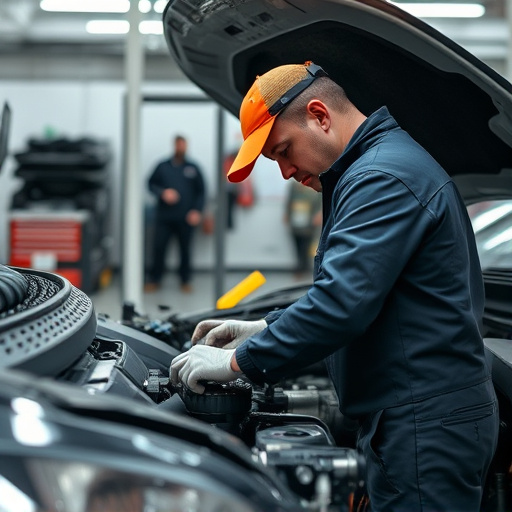
Body panel insulation is a critical component in modern vehicle design, offering both structural integrity and performance benefits. These materials are designed to absorb and minimize noise, vibrate, and heat within the passenger compartment, enhancing passenger comfort and safety. Understanding the diverse range of body panel insulation options is essential for automotive repair services and fleet maintenance teams, as it allows them to select the most compatible and effective solution for various vehicle makes and models.
Different types of body panel insulation materials are available, each with unique properties. Some are lightweight and flexible, ideal for easy installation in tight spaces, while others provide exceptional thermal resistance for improved climate control. In fleet repair services, choosing the right insulation becomes even more crucial when considering the diverse range of vehicle configurations and original equipment manufacturer (OEM) finishes. Proper compatibility ensures not just effective performance but also maintains the aesthetic appeal and structural integrity of the vehicle, preventing issues like dent removal or damage during the insulation process.
Compatibility With OEM Finishes: Challenges and Solutions
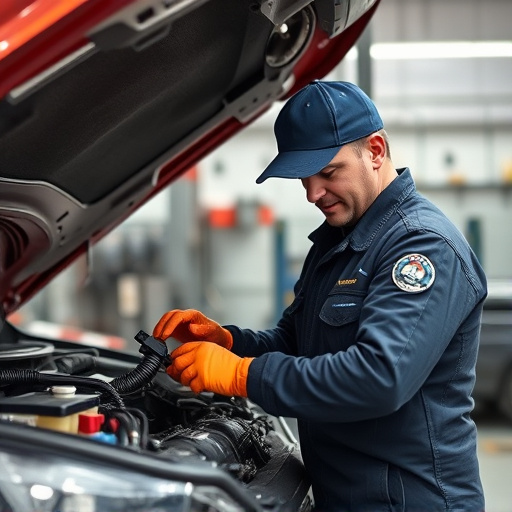
Ensuring compatibility between body panel insulation materials and Original Equipment Manufacturer (OEM) finishes is a critical aspect of automotive manufacturing and vehicle dent repair. While the use of body panel insulation has increased in modern vehicles for enhanced structural integrity and improved noise reduction, maintaining the original aesthetic appeal poses challenges. One of the primary hurdles is achieving a seamless finish that matches the OEM’s specifications, especially when repairing or replacing damaged panels at an auto collision center.
Solving this conundrum requires a strategic approach. Auto body shops and collision centers must consider the compatibility of insulation materials with various paint systems and finishes. This includes understanding the chemical composition of the insulation and its potential interaction with different primers and paints. Moreover, using specialized tools and techniques for application can help create a durable bond between the insulation and the vehicle’s surface, ensuring long-lasting performance without compromising the OEM’s finish.
Choosing Sustainable and Effective Insulation Options
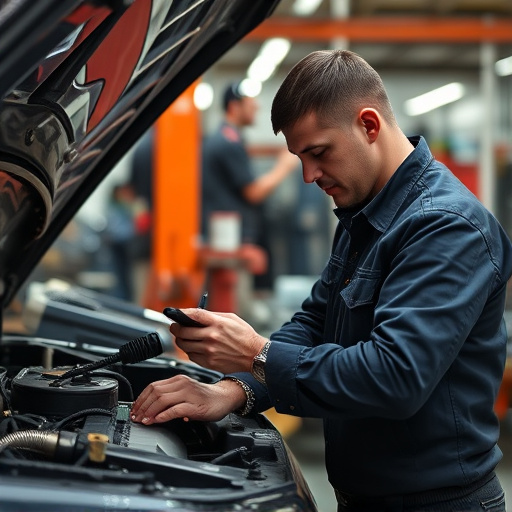
When selecting body panel insulation materials, sustainability and effectiveness should go hand in hand. Opting for eco-friendly options doesn’t mean compromising on performance; in fact, it ensures your auto body repairs are both environmentally conscious and durable. Look for products that utilize recycled or biodegradable materials, reducing waste and the carbon footprint of your luxury vehicle repair process.
These sustainable insulation choices can significantly enhance the energy efficiency of auto repair shops. By choosing the right materials, you contribute to a greener future while maintaining the quality and longevity expected from high-end auto body repairs. Effective insulation means better temperature regulation within the vehicle, enhancing passenger comfort without unnecessary energy consumption.
Body panel insulation materials play a vital role in enhancing vehicle performance, reducing noise, and improving passenger comfort. By understanding the compatibility with OEM finishes and selecting sustainable options, manufacturers can ensure efficient insulation without compromising aesthetics. Choosing the right materials allows for a seamless finish, maintaining the vehicle’s original look while delivering optimal thermal and acoustic control. This approach not only meets modern consumer demands but also contributes to more eco-friendly practices in the automotive industry.
